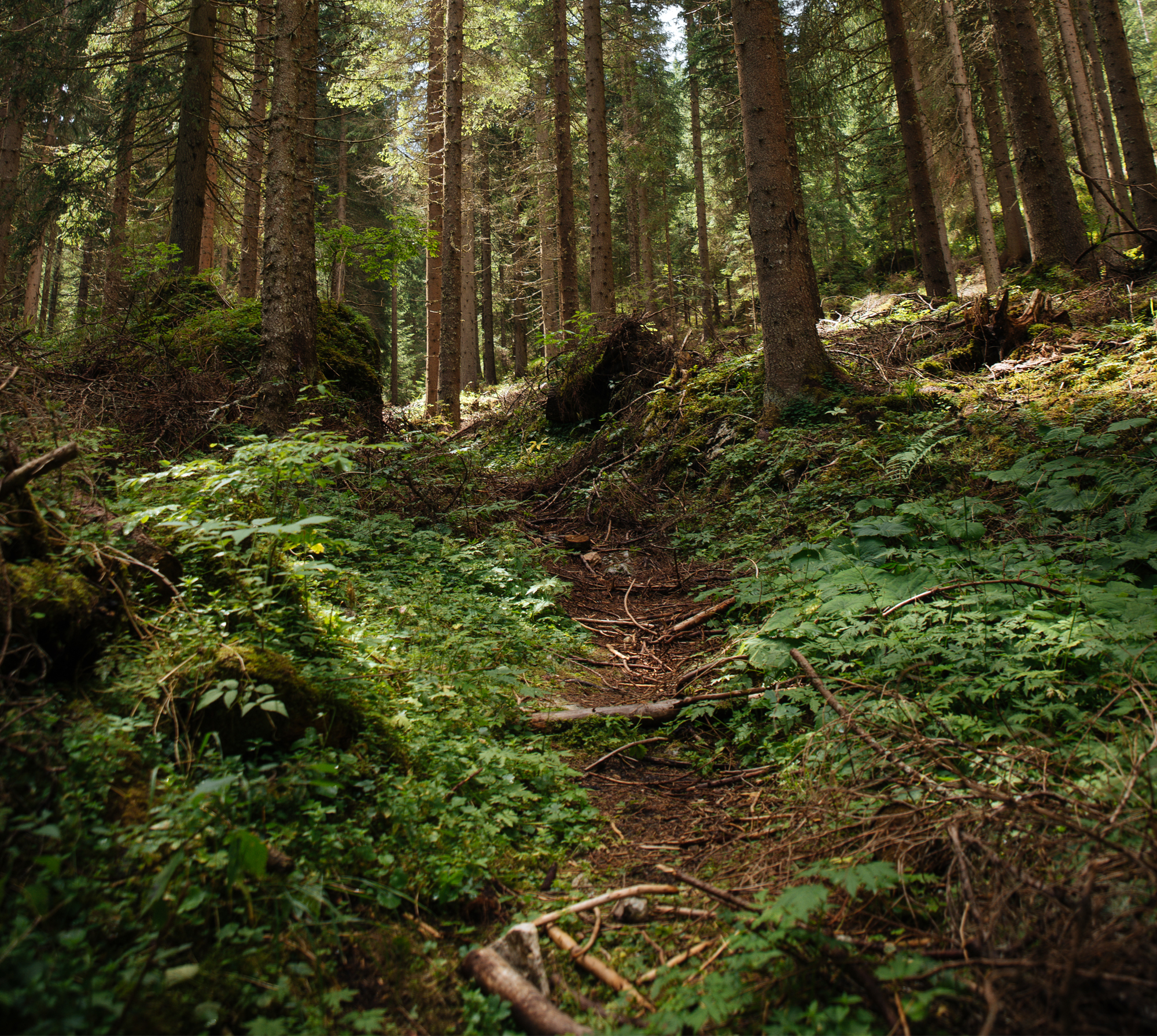
Wysokość siedmioletnich odnowień dębowych na gniazdach w różnych warunkach siedliskowych
The height of seven-year-old oaks growing in gaps in different forest habitats
Autorzy
-
Leszek Bolibok
Szkoła Główna Gospodarstwa Wiejskiego w Warszawie, Wydział Leśny, Katedra Hodowli Lasu
ul. Nowoursynowska 159/34
02-776 Warszawa
Tel. +48 22 5938106, e-mail: leszek_bolibok@sggw.pl -
Tadeusz Andrzejczyk
Szkoła Główna Gospodarstwa Wiejskiego w Warszawie, Wydział Leśny, Katedra Hodowli Lasu
ul. Nowoursynowska 159, 02-776 Warszawa -
Stanisław Drozdowski
Szkoła Główna Gospodarstwa Wiejskiego, Wydział Leśny, Katedra Hodowli Lasu
ul. Nowoursynowska 166
02-787 Warszawa -
Henryk Szeligowski
Szkoła Główna Gospodarstwa Wiejskiego, Wydział Leśny, Katedra Hodowli Lasu
ul. Nowoursynowska 166
02-787 Warszawa
Abstrakt
Spatial variability in the height of planted oak saplings was investigated at three different sites: deciduous, mixed deciduous and mixed coniferous forest types in artificial gaps of size about 15 and 23 ares (1 are = 100 m-2). (four gaps for 'gap size – forest site’ combination). The height of planted trees was measured on five circular plots (radius 3 m) placed in the gap centre and 9 meters from southern, northern, eastern and western gap borders. At the deciduous forest site, the tallest 7-year-old oaks were growing in the northern part of the gaps and oak height diminished towards the south. The opposite growth pattern was observed in the remaining forest sites. The water holding capacity of rich soils is usually greater than that of poor soils, and we attribute the observed trends to good water supplies for young oaks allowing them to grow better on the northern side of gaps where they receive more light; whereas on poor soils moisture is more important. There was no biologically significant difference between the heights of oaks in gaps of 15 ares and gaps of 23 ares at the mixed deciduous forest site. This suggests that it may be possible for foresters to cut larger gaps while still promoting regeneration without a loss in productivity.
Słowa kluczowe
| DOI | 10.2478/v10111-011-0016-7 |
|---|---|
| Source | Leśne Prace Badawcze (Forest Research Papers), 2011, Vol. 72 (2): 163–170 |
| Print ISSN | 1732-9442 |
| Online ISSN |
2082-8926 |
| Type of article |
Original research article |
| Original title |
Wysokość siedmioletnich odnowień dębowych na gniazdach w różnych warunkach siedliskowych |
| Publisher | Instytut Badawczy Leśnictwa, Sękocin Stary, Poland |
| Date | June, 2011 |
- Farfał D. Wpływ warunków siedliskowych na rozwój korzeni jesionu w wierzchnich warstwach gleby
- Raspopina S., Neyko I., Boiko S. Wpływ skały macierzystej na produkcyjność lasów dębowych lasostepu lewobrzeżnej Ukrainy
- Ludwikowska A., Kowalkowski W., Tarasiuk S. Wzrost szczepów lipy drobnolistnej (Tilia cordata Mill.) na plantacji nasiennej w Nadleśnictwie Susz
- Jabłoński M. Teoretyczna dokładność statystycznej metody reprezentacyjnej pomiaru miąższości obrębu leśnego
- Kocel J. Zakłady Lasów Państwowych w warunkach gospodarki rynkowej
- Bolibok L., Andrzejczyk T., Drozdowski S., Szeligowski H. Wysokość siedmioletnich odnowień dębowych na gniazdach w różnych warunkach siedliskowych
- Jaworski A., Pach M. Charakterystyka wybranych cech morfologicznych świerków wpływających na ich stabilność, ukształtowanych w wyniku stosowania różnych rębni w borze górnoreglowym na Pilsku

